Candy-Making Revolutionized
Book Excerpt
Pack soft candies in layers separated by waxed papers backed by cardboard. Remember that the best-made confections will be unappetizing when presented or served unattractively.
In pulling taffies or other candies, corn starch may be put to good use. No definite rules can be given, because the temperature and the humidity of each pair of hands--to put the case euphemistically--are different. Each time the material is pulled, the candy-maker should dust her hands as lightly as possible with the corn starch. A moderate amount of it worked into the mass will do no harm, but care must be taken not to use so much that the candy becomes starchy. Moreover, a heavy coating of the starch does not protect the hands any more than does a light dusting.
While the candy is being pulled, it should be handled as little as possible. Let
Editor's choice
(view all)Popular books in Cooking, Non-fiction
Readers reviews
- Upvote (0)
- Downvote (0)
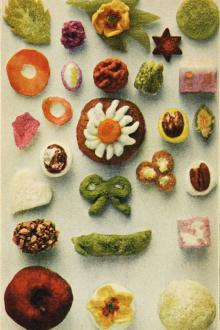
 Free Download
Free Download













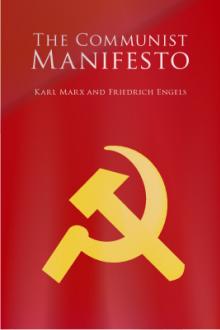

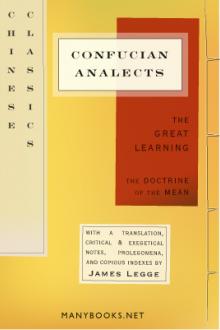

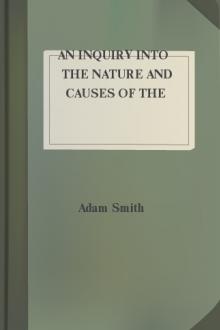

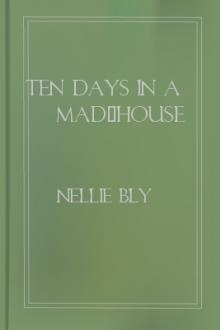

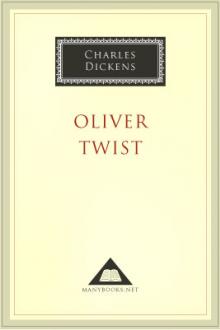
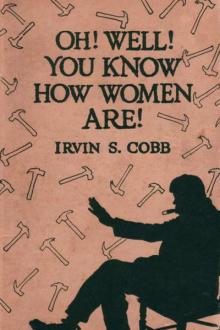
-itok=vcKIB5v1.jpg)
